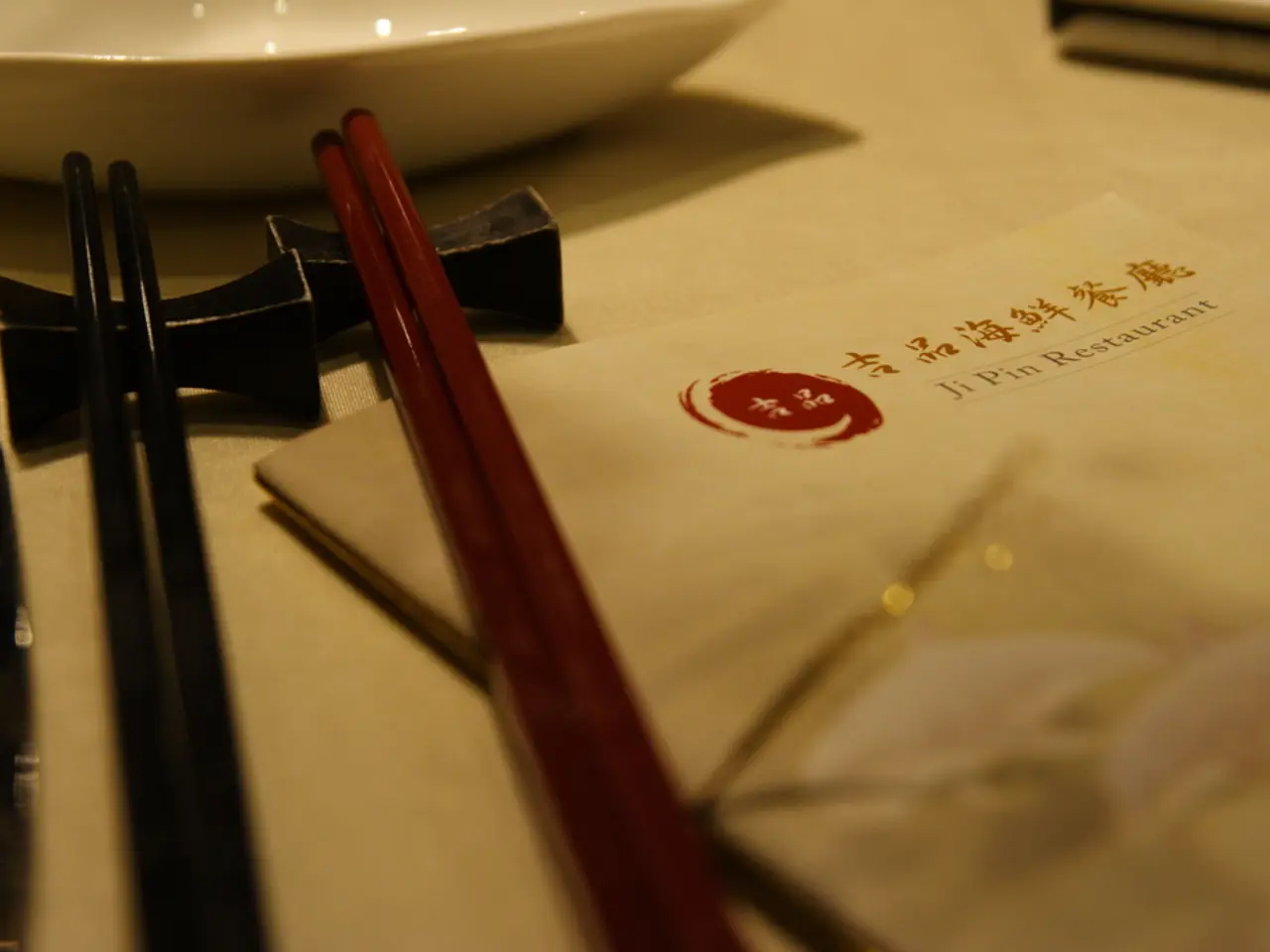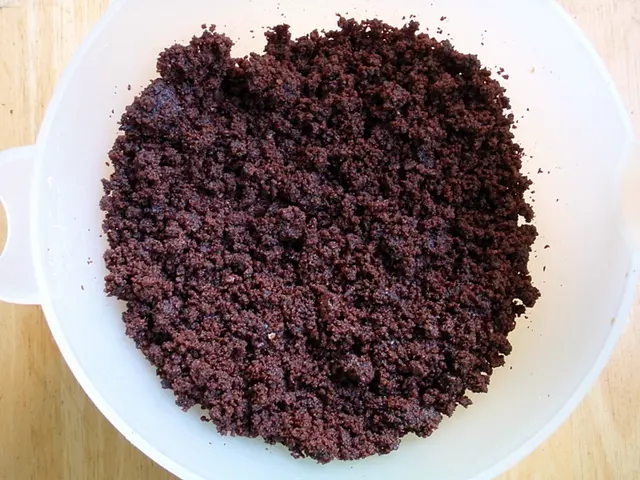Filipino Style Pinakbet Recipe Using Authentic Bagoong
Discover the delightful flavours of the traditional Ilocano-style Pinakbet, a comforting Filipino dish that showcases a balance of bitter, sweet, salty, and umami. This dish, originating from the Ilocos region, is a must-try for any food lover seeking an authentic taste of the Philippines.
To make an authentic Pinakbet, you will need several essential ingredients and follow specific techniques.
**Essential Ingredients**
1. Bagoong Isda: A crucial seasoning, Bagoong Isda is a fermented fish paste. Traditionally, bagoong made from monamon fish is used in Ilocano versions.
2. Vegetables: Key vegetables include bitter melon (ampalaya), eggplant, okra, string beans, chili peppers, and winged beans. Other optional vegetables are tomatoes, calabaza (kalabasa), and root crops like camote and patani.
3. Protein: While not essential, pork or bagnet can be added for additional flavour.
4. Spices: Ginger, onions, and garlic are commonly used for added flavour.
**Techniques**
1. Sautéing: Start by sautéing garlic, onions, and tomatoes in oil until soft and fragrant.
2. Adding Bagoong: Stir in the bagoong isda and cook for about 1 to 2 minutes to release its flavour.
3. Adding Vegetables and Protein: Add the mixed vegetables and protein (if using) and stir well. Cook until the vegetables are almost dry and shrivelled, which is characteristic of Pinakbet.
4. Seasoning: Season with black pepper to taste. Water can be added if a slightly saucy consistency is desired.
The quality of the bagoong determines the success of the Pinakbet dish. Raw Bagoong Isda from reputable Filipino markets is recommended, and starting with less and adding more during the final toss is suggested if unsure about the intensity.
Pinakbet is best served warm, allowing the vegetables to hold their texture and the bagoong's flavours to fully express themselves. If the Pinakbet is too salty, start with 1 tablespoon of bagoong and add more during the final toss. To reduce the bitterness of ampalaya, salt the slices for 15 minutes before rinsing.
When making Pinakbet vegetarian, replace the pork with firm tofu or mushrooms, and substitute the bagoong with white miso paste mixed with soy sauce (2 tbsp miso + 1 tbsp soy sauce).
The vegetables are added in a specific order based on their cooking times to create distinct layers that steam rather than stew. Kalabasa needs the longest cooking time, so it goes in first to get the most heat. Delicate vegetables like okra go on top, where they'll steam gently. The steaming method works because each layer cooks at its own pace while absorbing flavours from below. Stirring should be avoided as it risks turning the vegetables into mush.
Pinakbet is typically served family-style with steamed jasmine rice, and adding grilled or fried fish can make it a complete meal. Bangus (milkfish) and Lechon kawali (crispy pork belly) are traditional choices to pair with Pinakbet, offering complementary flavours and textures.
Pinakbet can be stored in the refrigerator and reheated gently with a splash of water. The vegetables will soften slightly but still be delicious. The dish improves overnight as flavours meld, making it a great option for meal preparation. When making Pinakbet ahead, store the cooked dish in the refrigerator for up to 4 days. When reheating, add a splash of water and gently warm over low heat.
A simple cucumber salad dressed in vinegar or atchara (pickled papaya) can round the meal, cutting through the richness. A glass of calamansi juice provides a bright, citrusy contrast that cleanses the palate between bites.
Experience the authentic taste of the Ilocano-style Pinakbet and enjoy a flavourful journey through the heart of the Philippines!
- To make an authentic Pinakbet, gather essential ingredients like Bagoong Isda, a fermented fish paste, various vegetables such as bitter melon, eggplant, okra, and chili peppers, and optional ingredients like tomatoes, calabaza, and root crops.
- Protein, such as pork or bagnet, can be added for more flavor, while spices like ginger, onions, and garlic enhance the dish's taste.
- In the kitchen, sauté garlic, onions, and tomatoes in oil until soft and fragrant.
- Stir in the bagoong isda and cook for about 1 to 2 minutes to release its flavour.
- Add the mixed vegetables and protein (if using) and cook until the vegetables are almost dry and shrivelled, characteristic of Pinakbet.
- Season with black pepper to taste, and add water if a slightly saucy consistency is desired.
- For health-and-wellness conscious individuals, consider using vegetarian alternatives like firm tofu or mushrooms and white miso paste mixed with soy sauce for bagoong.
- To learn more about global cuisines and healthy cooking, watch cooking videos and follow tips for a delicious and nutritious Pinakbet that showcases the Ilocano lifestyle and food-and-drink culture.




